Help your projects stand up to the elements with this roundup of naturally rot-resistant woods.
8 Types of Rot-Resistant Wood
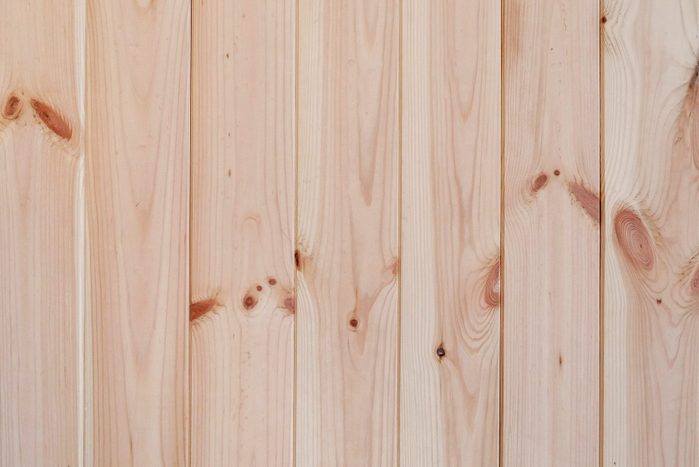
Atlantic White Cedar
There’s a reason cedar-shingled houses have been popular for centuries. Atlantic white cedar (sometimes called Eastern white cedar) is one of the most common varieties of white cedar on the market. Woodworking pros like Robert Johnson, the founder of Sawinery, value cedar for all sorts of projects.
“[Cedar] exhibits an innate resistance to moisture, insects and decay,” says Johnson. “I always turn to cedar for project such as Adirondack chairs, birdhouses, benches and raised garden beds. For bigger projects, it’s also perfect for decking, dining sets and garden structures.
“Cedar’s inherent ability to withstand the elements while retaining its structural integrity and visual appeal is amazing. On the whole, I find that it enhances outdoor living spaces, creating a welcoming and durable environment.”
Atlantic white cedar prices range from $2.25 to $6.25 per board foot, making it one of the most affordable woods on this list.

Western Red Cedar
Western red cedar features an attractive wood grain with richer, more vibrant color than white cedar. It also shares the distinctive cedar scent. Red cedar also is known for protecting against moths, making it a great choice for chests, closets and other clothing storage.
Using cedar for storage goes at least as far back as the ancient Greeks. In The Iliad, a paneled treasure chamber filled with chests is described as “fragrant with cedarwood.”
Cedar is also a great choice for DIYers concerned with sustainability. According to the Real Cedar website, for every Western red cedar that’s harvested, at least three are planted.
Western red cedar runs from $5.40 to $10.25 per board foot.
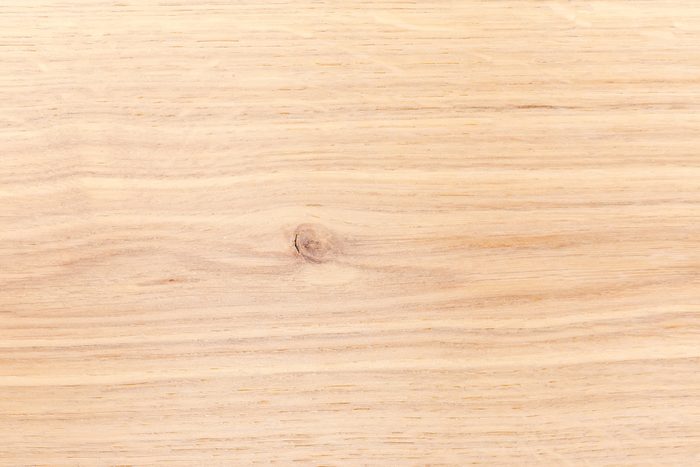
White Oak
White oak is famous for its tight grain and durability, which is why it’s long been a favorite for hardwood floors. But besides its resistance to impact, it also offers a surprising resistance to rot. According to Johnson, this is due to white oak’s dense cellular structure, which slows moisture absorption.
“When it comes to cabinetry, flooring or exterior trim, white oak is my wood of choice,” he says. “The long-lasting nature of white oak ensures that the items I make will withstand the test of time while retaining their intrinsic charm.
“Because of its impressive durability, white oak works great with flooring, interior trim and cabinetry. Doors, moldings chairs, and indoor furniture are also great projects for using white oak.”
White oak typically costs between $6.20 and $9.75 per board foot.
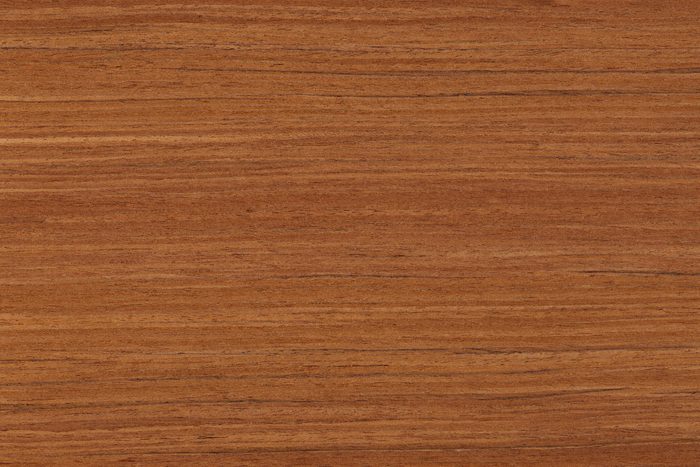
Teak
An import to the U.S., teak is native to Asia. This attractive, dark wood is categorized as Very Resistant to rot by the Forest Service. It’s long been a popular choice for nautical applications and makes great outdoor furniture.
Teak’s high level of extractives infuse it with oil that prevents water from penetrating its surface. Over time, teak oils will wear away, leaving the wood vulnerable to the elements. When teak wood begins to go gray or dull, it’s time to replenish its natural defenses with a coat of teak oil. With proper care, teak wood details and furniture can last for generations.
It’s good that it lasts so long, because at $21 to $40 per board foot, teak is expensive to replace.

Black Walnut
Tremendously popular among woodworkers, black walnut resembles the color of black locust wood. But it’s less dense, making it easier to work with. Martin O’Callaghan, a carpenter for Munster Hardwood Flooring, praises the rich variety in black walnut’s appearance.
“Both in terms of pattern and color, the walnut grain is quite variable,” he says. “The grain comes in a variety of tones, including creamy, café au lait, deep brown and scarlet tones. The grain can also vary significantly, sometimes being very straight, other times wavy or sometimes swirly, with noticeable differences in the width of the color bands.
“Using walnut wood for flooring can really bring a room together and creates a striking centerpiece.”
Black walnut milled lumber sells for around $5 to $15 per board foot.
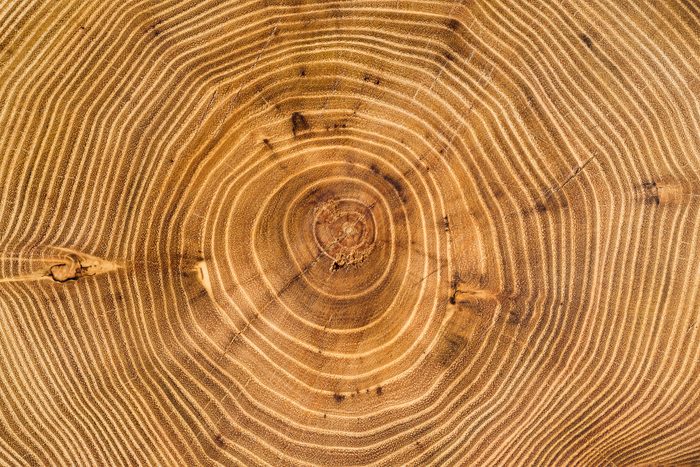
Black Locust
Making the Forest Service’s list of Very Resistant wood species, black locust trees are native to the eastern U.S. The smooth-textured wood ranges from dark, golden yellow to a rich, almost-chocolate brown.
We mentioned earlier that it’s denser than other woods, which makes it more difficult to work with. But that same dense grain makes black locust particularly prized for its stability, with relatively little shrinking or swelling, even when exposed to cycles of dryness and moisture.
It’s a great choice for everything from fence posts to boat building. In the 19th century, it was the gold standard for the wooden pins that held glass insulators on telegraph poles.
Black locust lumber typically sells for between $7 and $11.50 per board foot.
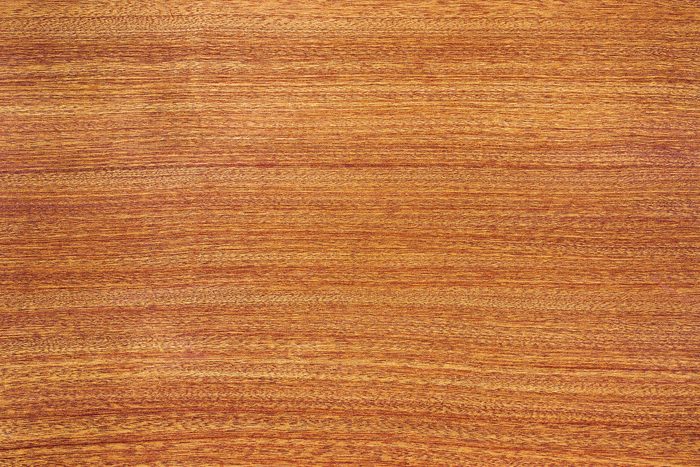
Redwood
Redwood, as you can probably guess, features a distinctly red tint. Redwood is a popular choice for decks, pergolas and outdoor furniture.
If you have any hesitation about redwood’s sustainability, put those fears aside. According to a report by the U.S. Department of Agriculture, coastal redwood is a “sustainable environmental superstar,” outpacing nearly any tree in growth. The report goes on to say “in ideal conditions, coastal redwoods can grow anywhere between two and 10 feet per year.”
They also capture a higher than average amount of carbon as they grow, making them a natural defense against greenhouse emissions.
Redwood lumber is currently selling for $8 to $12 per board foot
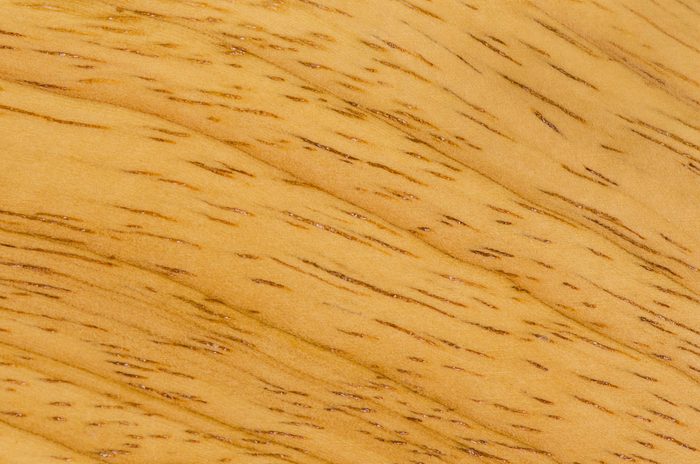
Osage Orange
Native to the Red River region of Texas, Oklahoma and Arkansas, Osage orange can now be found throughout the U.S. and southern Canada.
Osage orange trees do not produce oranges. Their name comes from their golden-tinged heartwood, which mellows to a gentle brown as it ages. Because Osage orange trees are often used as live hedgerows, their fruit is sometimes called a “hedge apple.” While not often eaten, hedge apples can be used as a spider repellant.
Considered Very Resistant to rot by the Forest Service, this durable, dense species is a popular choice for fence posts. While the tree is frequently too short and twisty for good lumber stock, it makes great blocks and short boards. It’s frequently used for bowl turning and smaller woodworking projects.
Smaller projects also work well with the high-end price, currently between $19 to $33 per board foot.



















